SNVS787I January 2012 – August 2021 LM5018
PRODUCTION DATA
- 1 Features
- 2 Applications
- 3 Description
- 4 Revision History
- 5 Pin Configuration and Functions
- 6 Specifications
-
7 Detailed Description
- 7.1 Overview
- 7.2 Functional Block Diagram
- 7.3
Feature Description
- 7.3.1 Control Overview
- 7.3.2 VCC Regulator
- 7.3.3 Regulation Comparator
- 7.3.4 Overvoltage Comparator
- 7.3.5 On-Time Generator
- 7.3.6 Current Limit
- 7.3.7 N-Channel Buck Switch and Driver
- 7.3.8 Synchronous Rectifier
- 7.3.9 Undervoltage Detector
- 7.3.10 Thermal Protection
- 7.3.11 Ripple Configuration
- 7.3.12 Soft Start
- 7.4 Device Functional Modes
-
8 Application and Implementation
- 8.1 Application Information
- 8.2
Typical Applications
- 8.2.1 Application Circuit: 12.5- to 95-V Input and 10-V, 300-mA Output Buck Converter
- 8.2.2
Typical Isolated DC-DC Converter Using LM5018
- 8.2.2.1 Design Requirements
- 8.2.2.2
Detailed Design Procedure
- 8.2.2.2.1 Transformer Turns Ratio
- 8.2.2.2.2 Total IOUT
- 8.2.2.2.3 RFB1, RFB2
- 8.2.2.2.4 Frequency Selection
- 8.2.2.2.5 Transformer Selection
- 8.2.2.2.6 Primary Output Capacitor
- 8.2.2.2.7 Secondary Output Capacitor
- 8.2.2.2.8 Type III Feedback Ripple Circuit
- 8.2.2.2.9 Secondary Diode
- 8.2.2.2.10 VCC and Bootstrap Capacitor
- 8.2.2.2.11 Input Capacitor
- 8.2.2.2.12 UVLO Resistors
- 8.2.2.2.13 VCC Diode
- 8.2.2.3 Application Curves
- 9 Power Supply Recommendations
- 10Layout
- 11Device and Documentation Support
- 12Mechanical, Packaging, and Orderable Information
Package Options
Mechanical Data (Package|Pins)
Thermal pad, mechanical data (Package|Pins)
- DDA|8
Orderable Information
6.7 Typical Characteristics
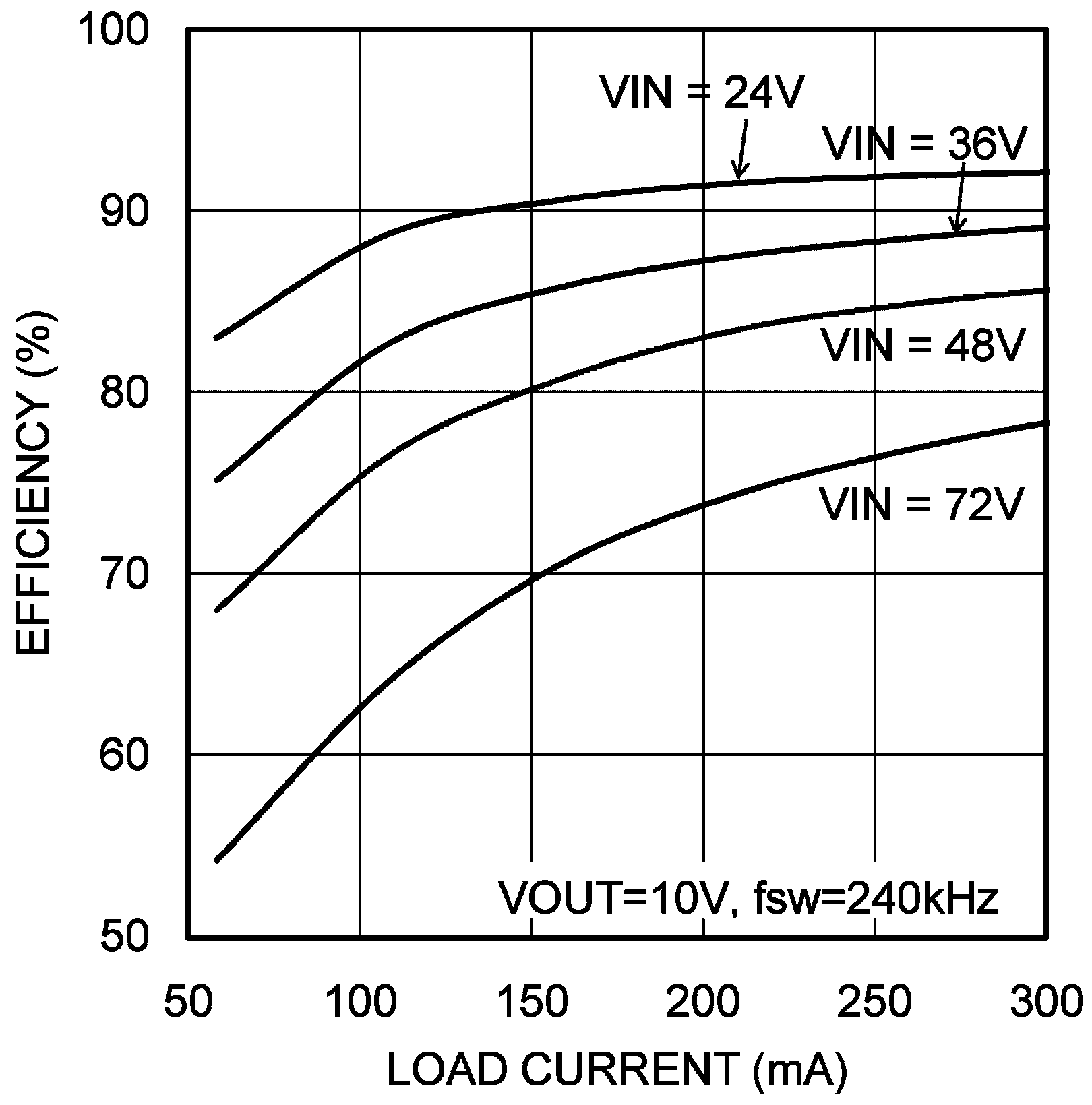 Figure 6-1 Efficiency at 240 kHz, 10 V
Figure 6-1 Efficiency at 240 kHz, 10 V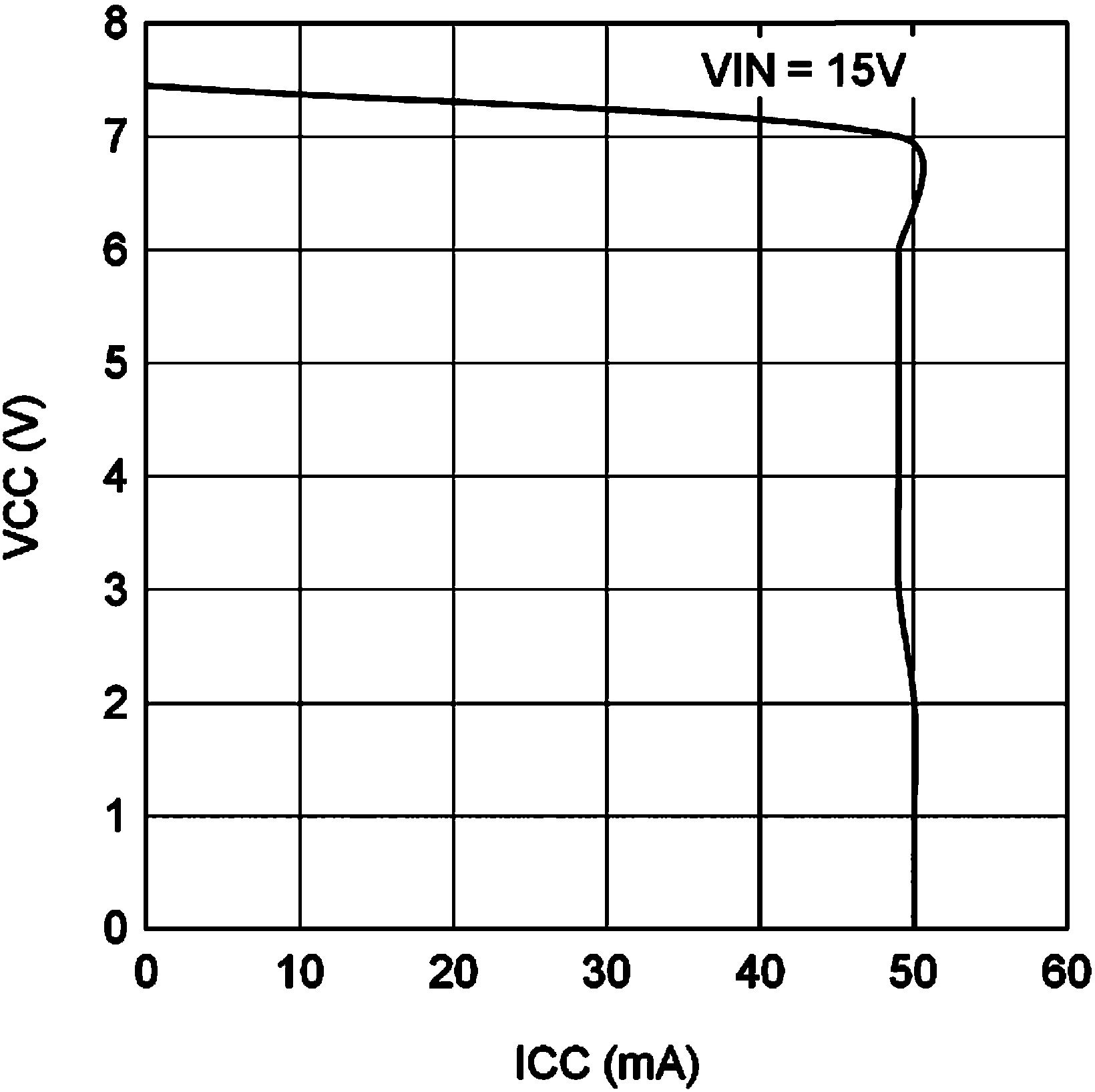 Figure 6-3 VCC versus ICC
Figure 6-3 VCC versus ICC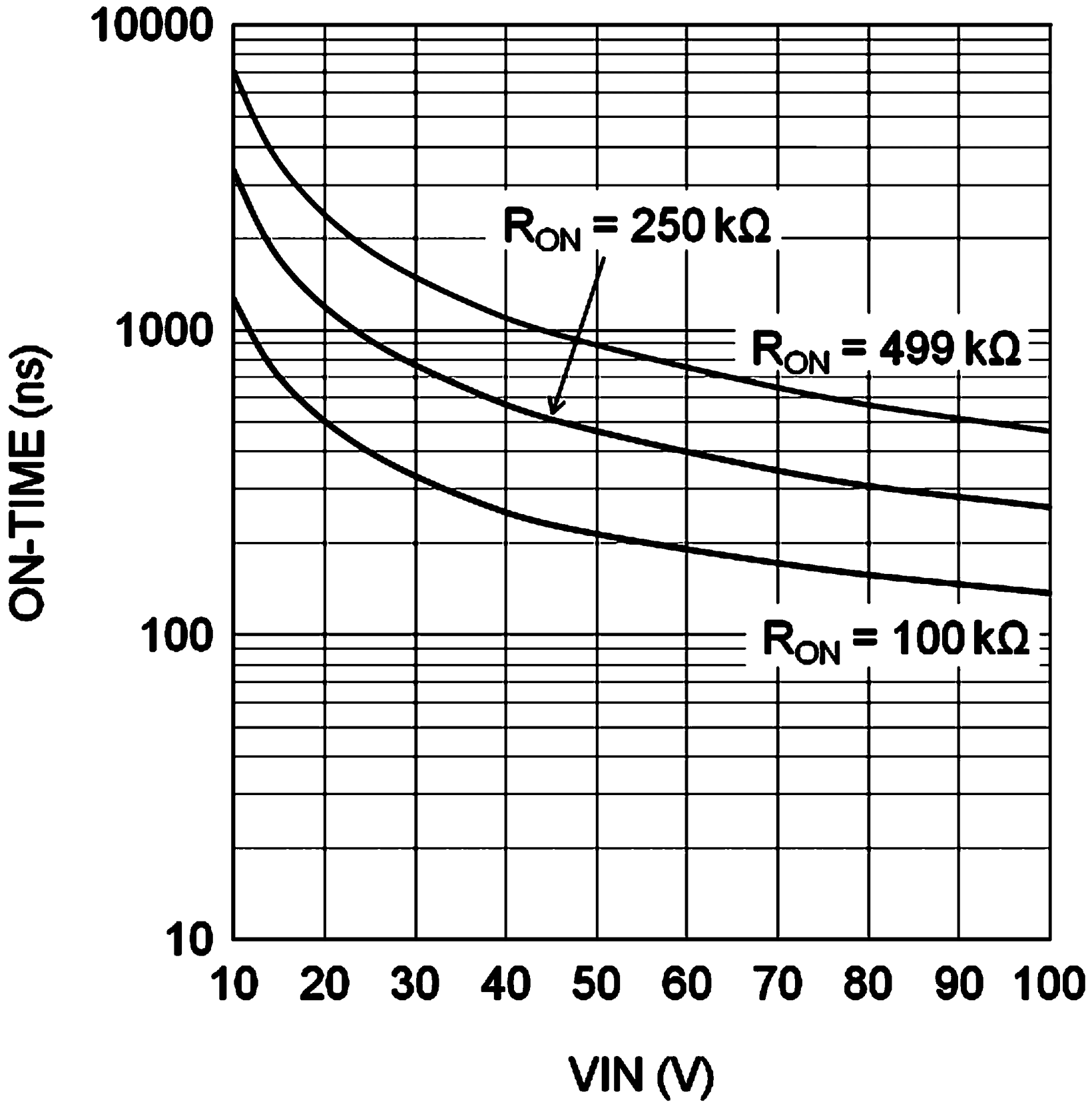 Figure 6-5 TON versus VIN and RON
Figure 6-5 TON versus VIN and RON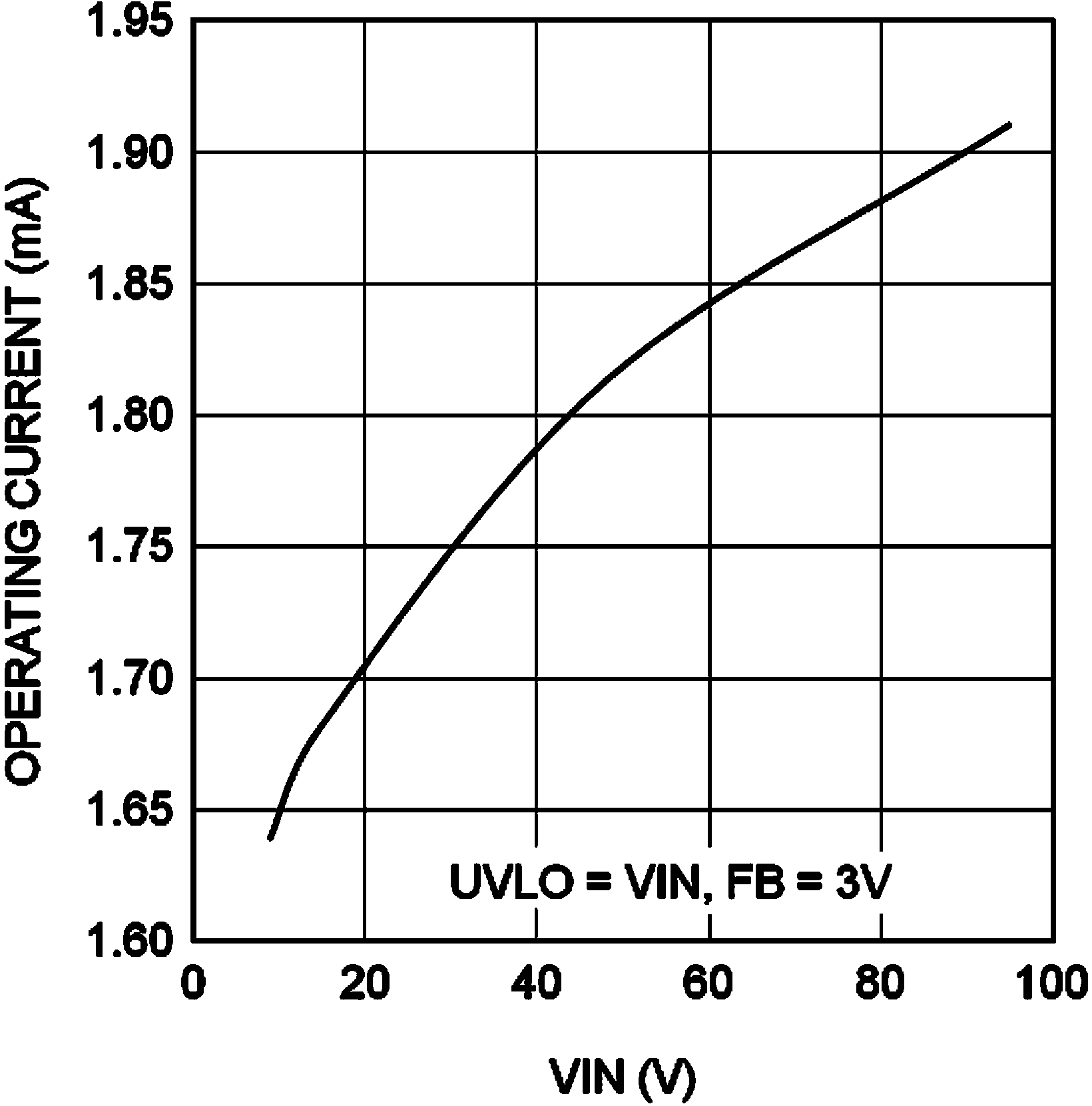 Figure 6-7 IIN versus VIN (Operating, Non-Switching)
Figure 6-7 IIN versus VIN (Operating, Non-Switching)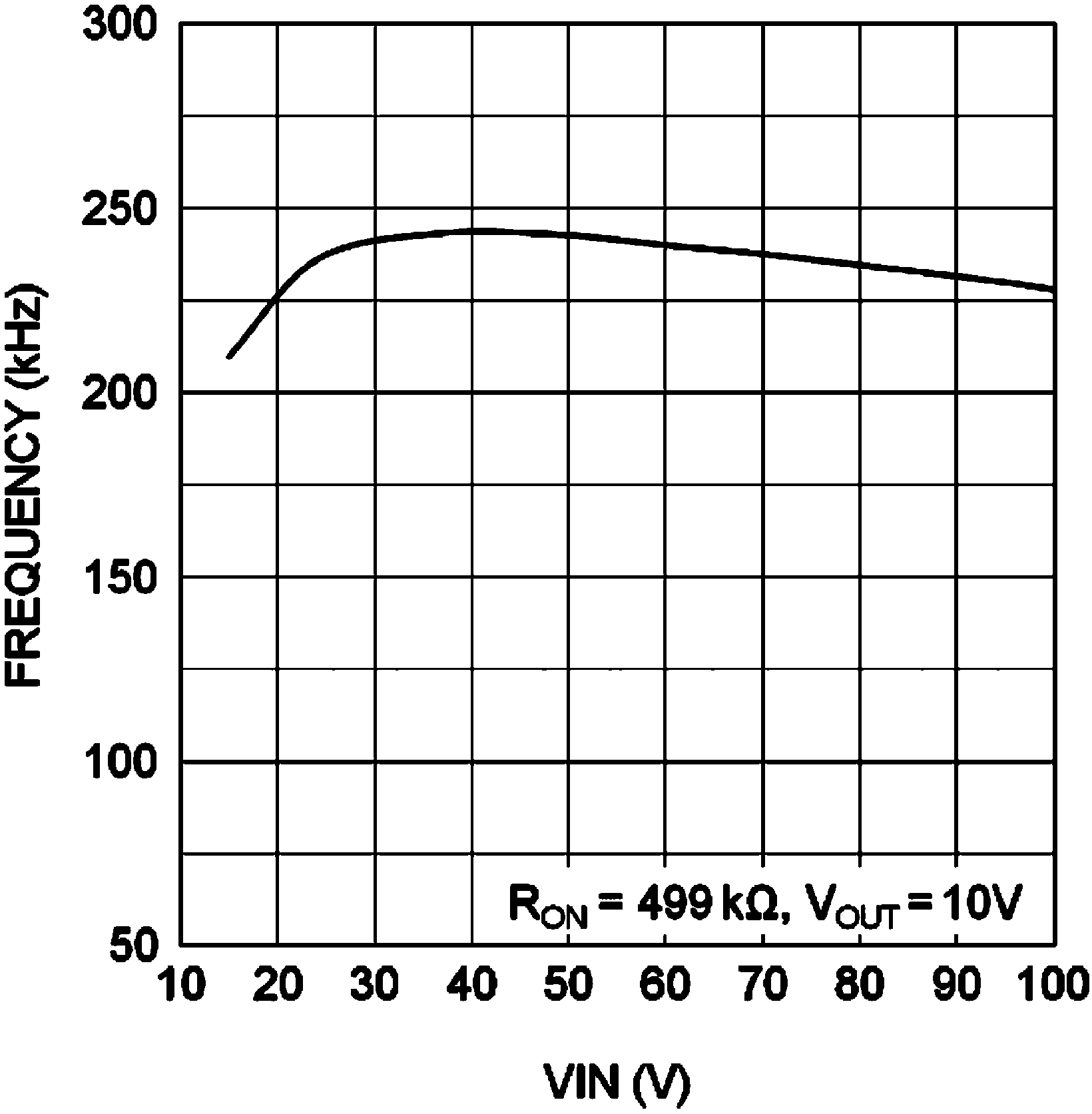 Figure 6-9 Switching Frequency versus VIN
Figure 6-9 Switching Frequency versus VIN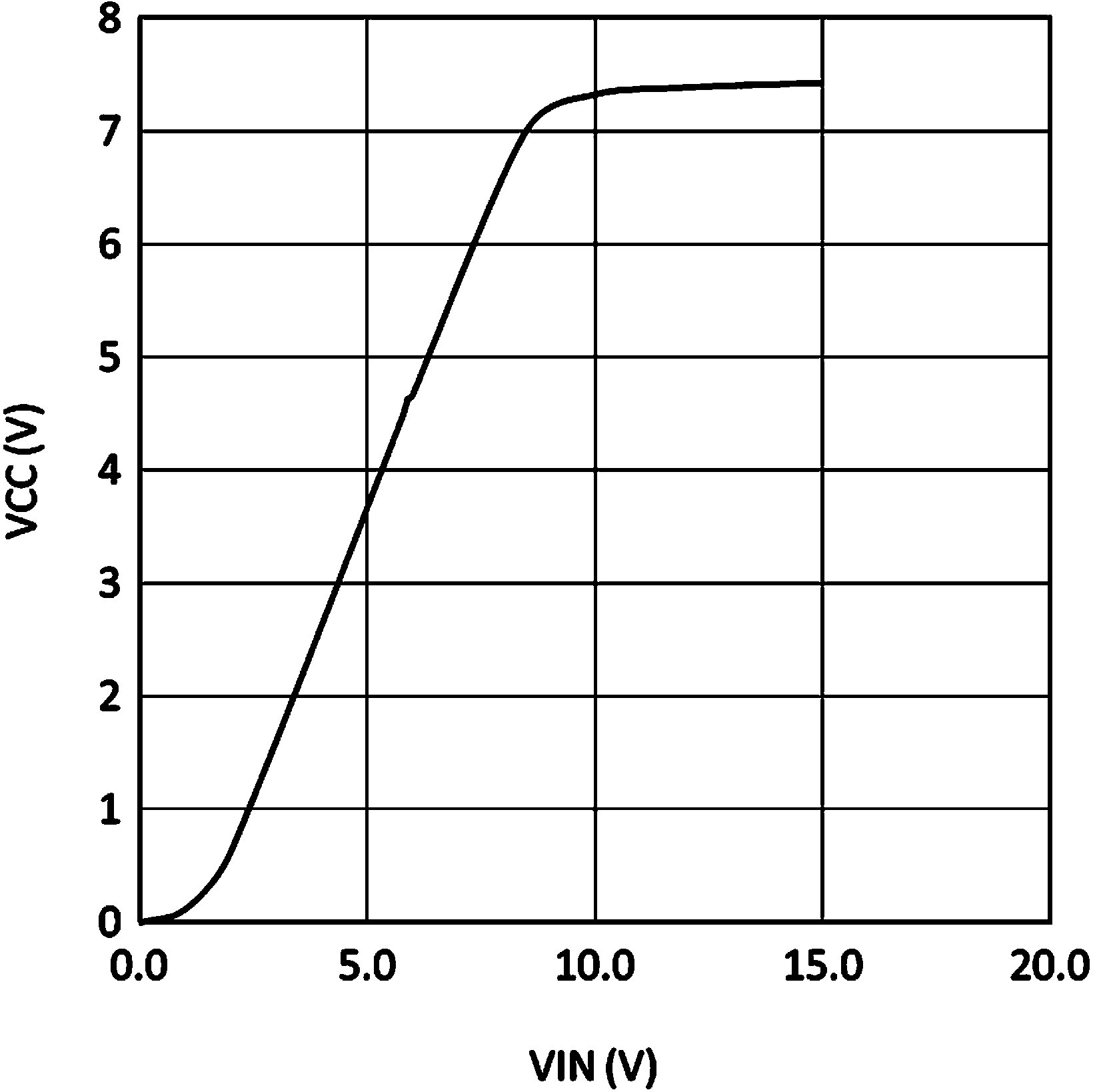 Figure 6-2 VCC versus VIN
Figure 6-2 VCC versus VIN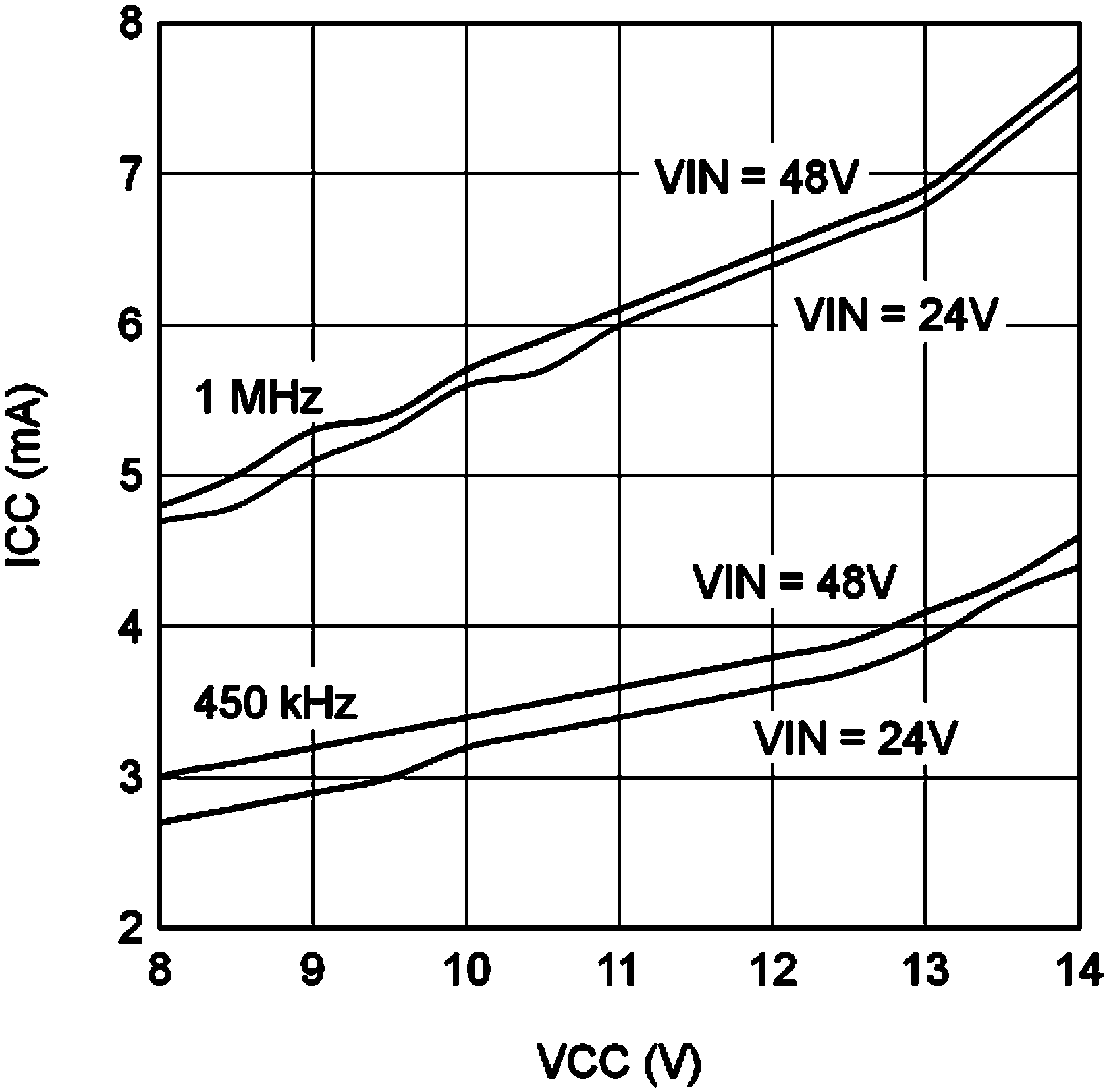 Figure 6-4 ICC versus External VCC
Figure 6-4 ICC versus External VCC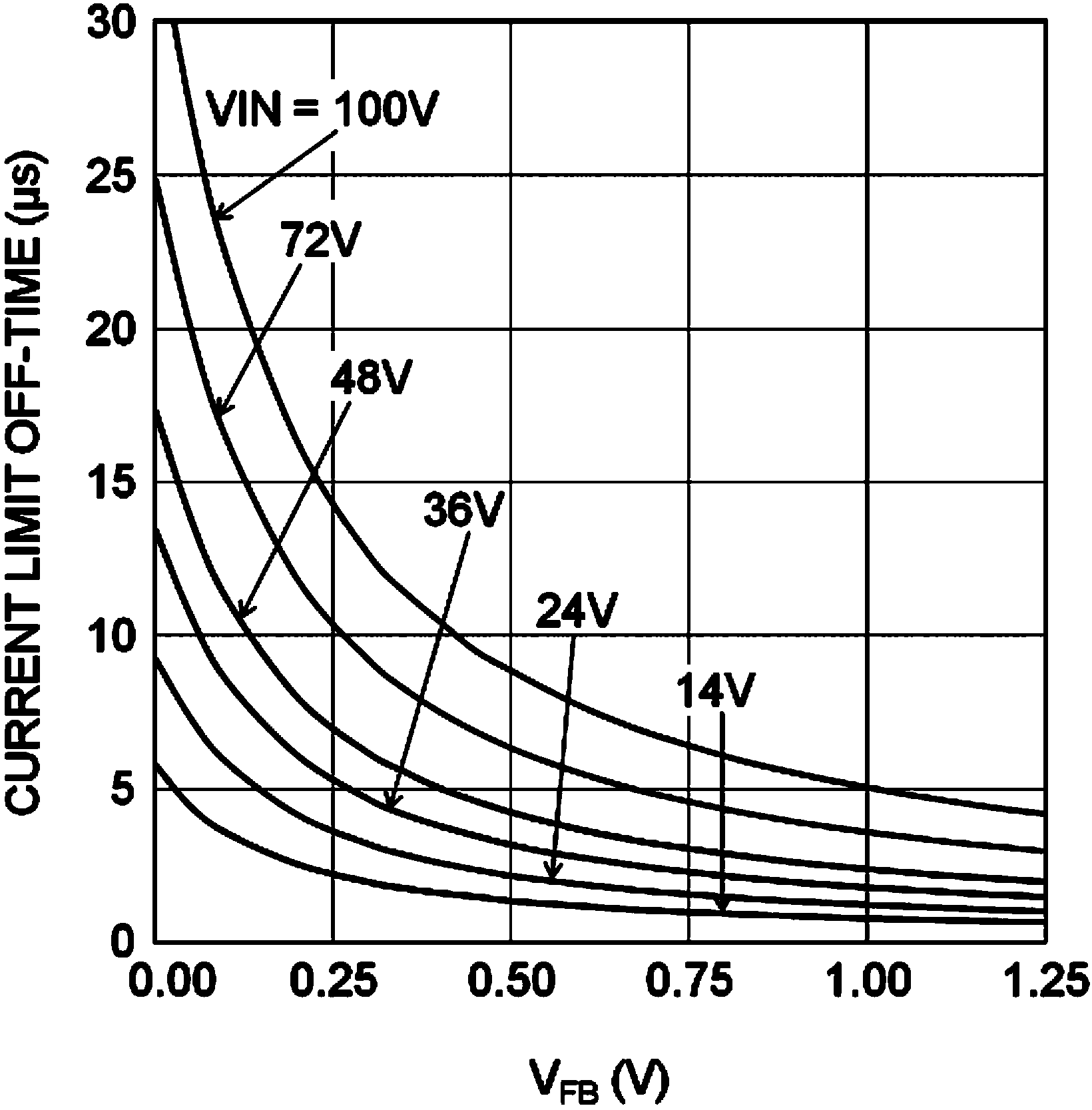 Figure 6-6 TOFF (ILIM) versus VFB and
VIN
Figure 6-6 TOFF (ILIM) versus VFB and
VIN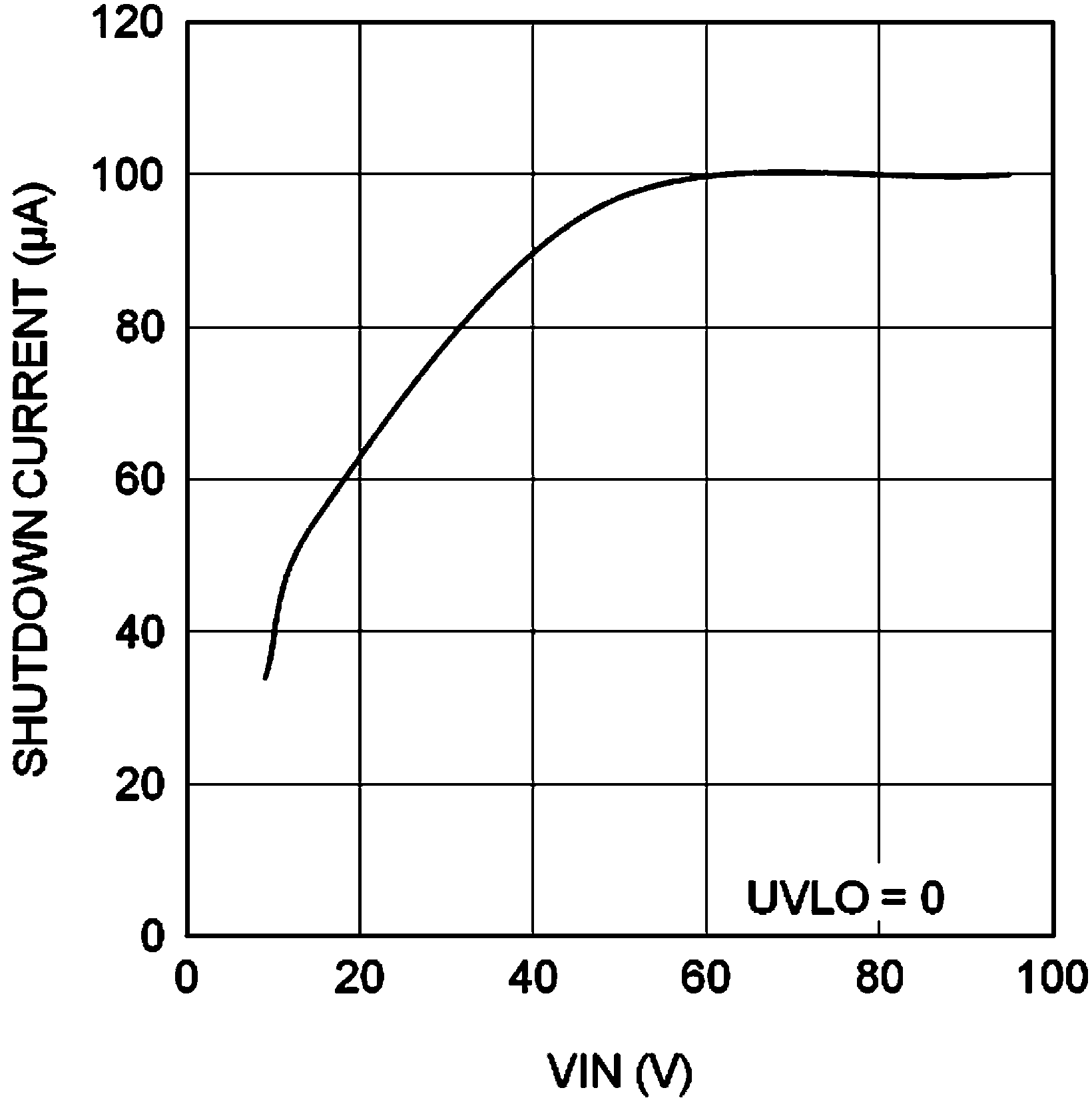 Figure 6-8 IIN versus VIN (Shutdown)
Figure 6-8 IIN versus VIN (Shutdown)